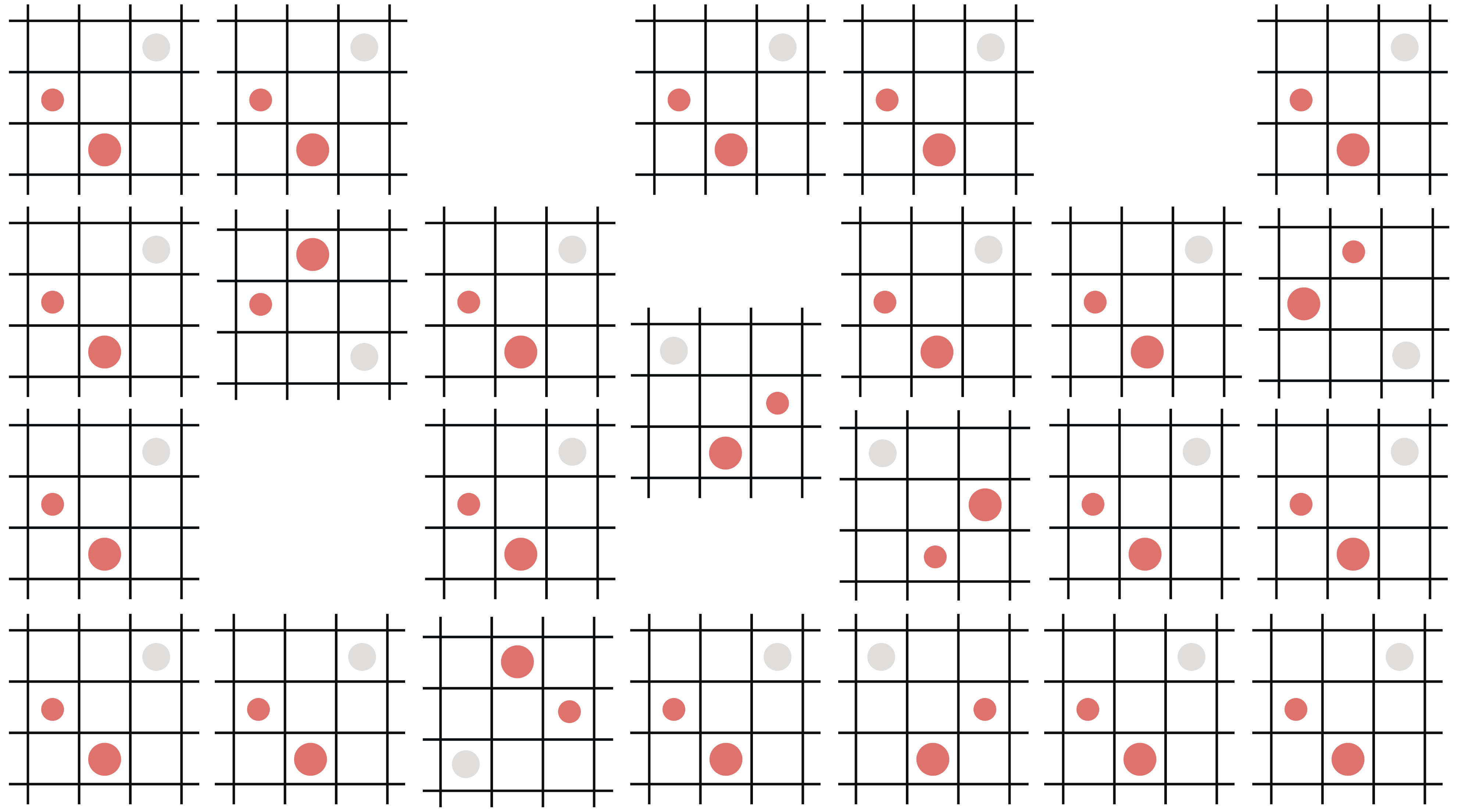The people behind Asana’s efficient sales model

I believe very strongly that there are many different ways of building a business. I also believe we’re going to see more and more Flywheel SaaS companies in the future.
Fly-fishing versus flywheel
From design to engineering to recruiting, we’re known as a company that approaches things as mindfully as possible. Our sales team is no exception: walk into most enterprise startups, visit the sales department, and you’ll likely find two things: rows and rows of headset-clad sales staff, and a gong.
After all, disruption to the software delivery model doesn’t always mean disruption to the sales model. Angling for quotas and reeling in the big fish are still the tried-and-true sales models (and cultures) of most enterprise technology companies. “In traditional businesses, the enterprise team hunts. They acquire leads, cold call, and try to push the customers to close,” emphasizes Tom Tunguz (considered one of the most insightful bloggers on what’s constantly evolving in the world of enterprise-software monetization).
Asana takes a different approach—what we call the Flywheel model—and one that is fast becoming the default model at other horizontal-collaboration app companies. The key ideas are:
- Product: provide an app (in our case, for tracking work better together), that teams adopt on their own
- User love: make it easy for teams to translate that love and utility into word-of-mouth recommendations to colleagues and others
- Customer success: work relentlessly to ensure customer success and satisfaction
- Expansion: focus sales resources on expanding existing success within teams and companies
We’re committed to this leveraged model, even as we continue our pace as one of the fastest-growing enterprise SaaS companies ever. Tunguz puts it better than we ever could: “Flywheel models have a simple beauty about them. It’s an elegant model to build a company.”
Two sides of the same coin
The Asana sales team focuses on two areas of our business funnel: expansion and new business. Both bring a deep understanding of how current teams who adopted the product organically are using Asana, and where they could be better served by either converting to Asana Premium or by expanding their existing deployments of Asana Premium. Here are their insights on what it means to sell at Asana.
 “The most leveraged opportunities we see for sales are organizations where there is already success, which was a welcome departure from my previous experience in traditional sales. In working with these organizations, we have less friction and selling becomes more about solving problems. Our team gets to work with customers to come up with solutions that meet their needs.”
“The most leveraged opportunities we see for sales are organizations where there is already success, which was a welcome departure from my previous experience in traditional sales. In working with these organizations, we have less friction and selling becomes more about solving problems. Our team gets to work with customers to come up with solutions that meet their needs.”
– Nels Andereck, Asana expansion sales

“I focus on the new business portion of sales, helping companies understand how our premium offering can help their goals. We’re genuine about when we’re a good fit and when we’re not. Transparency is part of our special sales culture, our company values, and plays a large part in our unique sales model, too.”
– Alyssa Chamberlain, Asana new business sales
 “I help with the technical aspects of sales. I often explain how to use our API, our approach to security, and I make our team more efficient through tooling and data analysis to drive decisions. There actually isn’t an advantage for most teams to buy through sales, which I like. We’re here to help people, not trick them.”
“I help with the technical aspects of sales. I often explain how to use our API, our approach to security, and I make our team more efficient through tooling and data analysis to drive decisions. There actually isn’t an advantage for most teams to buy through sales, which I like. We’re here to help people, not trick them.”
– Alison Harmon, Asana sales engineer
Different goals, innovative tools
“Our goals reach beyond monetary targets: for example, we’re encouraged to recognize deals we shouldn’t engage with, understand churn trends, collaborate with our Customer Success team, and provide feedback to our product team. Our PMs are great at looking at feedback, picking themes, and helping the product team iterate.” – Alison
“One of our goals is to have a constant dialogue across our team. I’m always raising questions about the value I’m providing and asking for feedback from my peers and manager. For me, that’s a better measure of success than the numbers I’m hitting.” – Nels
“We use a variety of tools, as well as our own internal business intelligence portal, Oplandia.” – Alyssa
What-landia?
“Oplandia is the result of Asana being really mindful about our business data. We keep it in our own data warehouse and then put it into tools, which minimizes context switching and gives us tremendous leverage and insights rather than relying on third-party vendors. Of course, we use Asana to track anything that’s not volume-based, such as pieces of work that need to be done across sales and customer operations. We’ve also built some custom scripts that gather information for us, such as how many leads were created in a day.” – Alison
A different sales culture
“This is unlike any other sales environment I’ve seen. We’re all motivated, competitive, and are supported by our whole team to achieve our goals.” – Alyssa
“We’re growing mindfully—our team is 8% of our 172-person organization. This allows us to properly onboard people and work together on smaller parts of projects we’re interested in. Given the size of our team and the rapid growth of our company, we know there will always be more to do, but instead of aiming for crazy numbers we focus on working at a good pace on the right things. Being aware of our work helps us stay balanced.” – Alison
Want to join a sales team focused on creativity, analytical skills, and market expertise toward amplifying our growth through each stage of the funnel? Meet more of our team and check out our current opportunities here.

